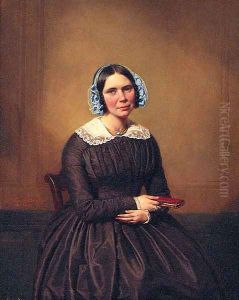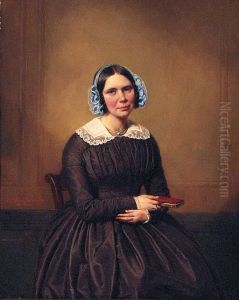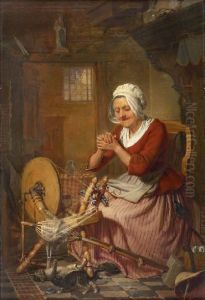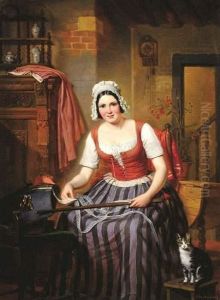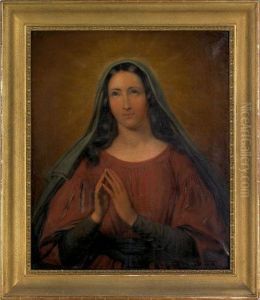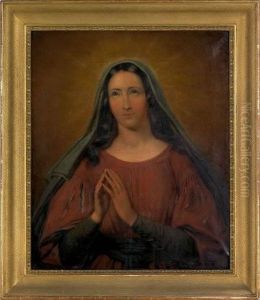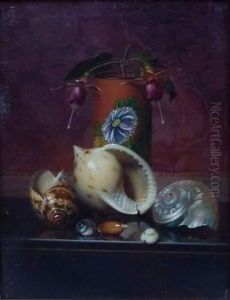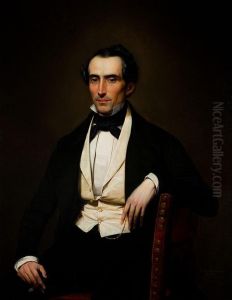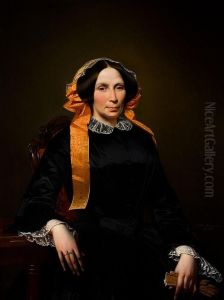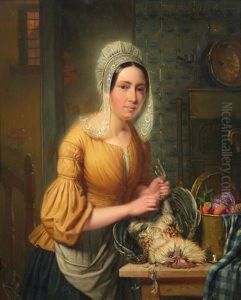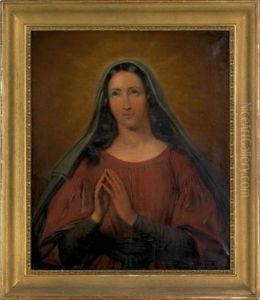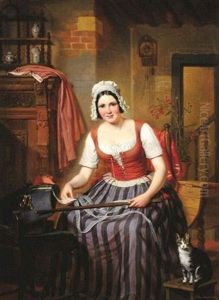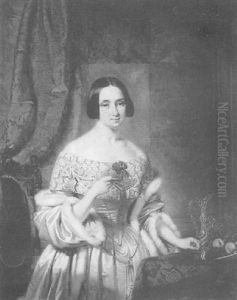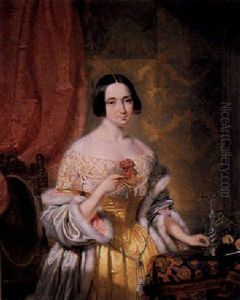Auguste Joseph Marie De Mersseman Paintings
Auguste Joseph Marie De Mersseman, born in 1825, was a French artist known primarily for his works as a printmaker. His contributions to art are often characterized by the intricate etchings and engravings that he produced during the 19th century. Although not as widely recognized as some of his contemporaries, De Mersseman's work reflects the rich artistic traditions and technical skills that were highly valued during his time.
De Mersseman's artistic journey began with his studies in Paris, where he honed his craft under the tutelage of master engravers. He developed a particular affinity for etching, a form of printmaking that involves using acid to cut into the unprotected parts of a metal surface to create a design in the metal. This technique allowed De Mersseman to achieve a high level of detail and subtlety in shading, which became hallmarks of his work.
Throughout his career, De Mersseman produced a variety of works that included landscapes, portraits, and reproductions of paintings by other artists. His engravings often reflected the romantic sensibilities of the time, with an emphasis on the beauty of nature and the grandeur of historical and mythological subjects. Despite the quality of his work, De Mersseman did not achieve the same level of fame as some of his peers. Nonetheless, his engravings were collected by art enthusiasts and served to disseminate the styles and ideas of the period.
De Mersseman's contribution to the art world continued until his death in 1889. His legacy is preserved through his etchings and engravings, which are held in various collections and can be studied by those interested in the printmaking techniques and artistic expressions of the 19th century. Although the details of his personal life and broader artistic impact may not be as well-documented as those of more famous artists, Auguste Joseph Marie De Mersseman remains a respected figure among specialists in printmaking and 19th-century art history.
